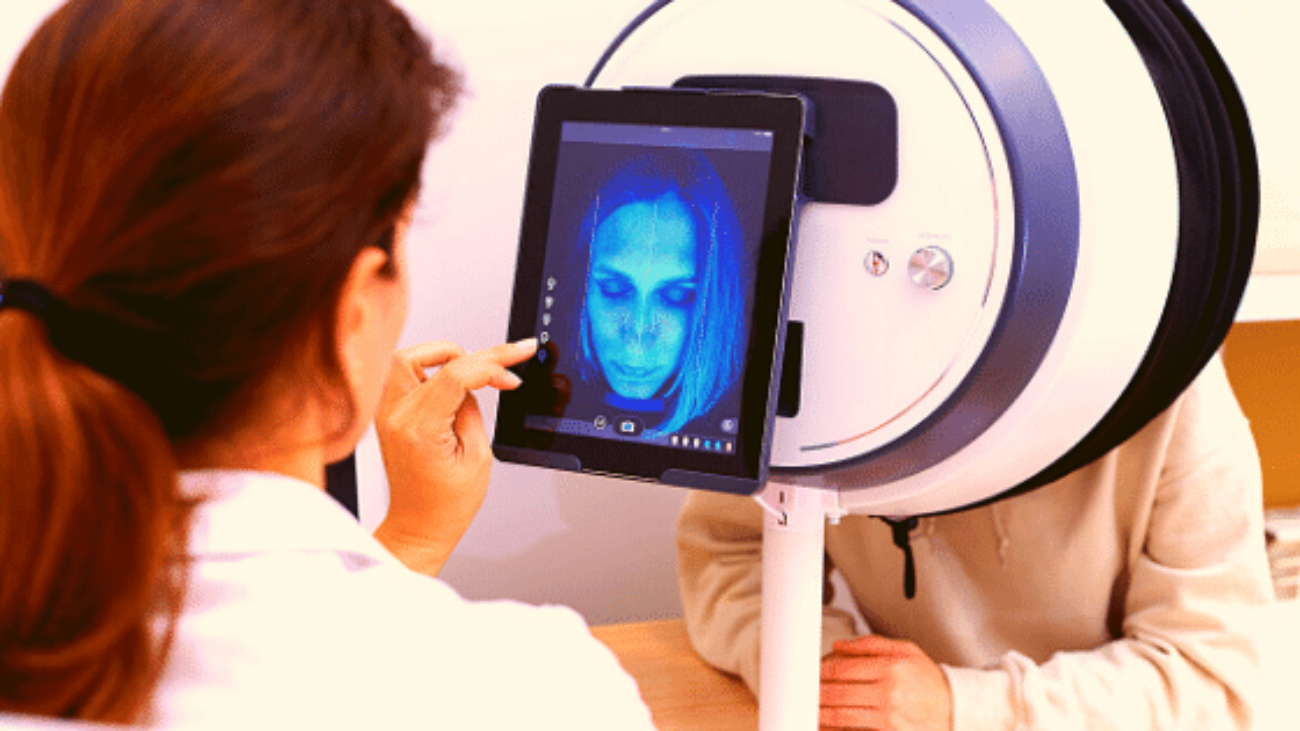Dermatology coding is considered to be one of the challenging tasks as it risks the reimbursement process. Dermatology providers render medical, surgical and cosmetic procedures as well. But, billing and coding is complex without high accuracy involvement. The paperwork becomes extra burden as it consumes about 19 hours a week approximately.
New dermatology coding guidelines remain as another challenging task because of changed documentation guidelines for E/M. While the current guidelines involve history, examination and medical decision making, new guidelines include additional documentation components such as time, counseling, and coordination of care and of course the nature of presenting an issue or problem.
In order to reduce documentation burden and increase patient responsibility, American Medical Association has convoked CPT and AMA and also RUC committee to recommend actual changes to evaluation and management coding guidelines to the Center of Medicare and Medicaid Services.
Outpatient Dermatology coding E/M changes:
- Eliminating documentation requirements like history and examination aids to achieve administrative burden reduction to an extent.
- The new 2021 dermatology coding guidelines states healthcare professionals to capture accurate and appropriate history and examinations performed.
- It also helps to collect the information by the care team and send them directly from patients or healthcare professionals.
- Even though the performance of these examinations in fact contributes to time and medical decision making, the examination extent is not revealed and considered during code selection level.
- As the history and examination is no more necessary, there’s no distinction between the codes 99201 and 99202. So, 99201 is eliminated to avoid confusion.
- Only time can be used to determine either office or outpatient evaluation and management service coding levels.
- Earlier, counseling and care coordination were the only factors to determine time and select the level of service. According to the new dermatology coding guidelines, the code level is considered by the total time spent on the day of interaction or encounter.
- It also include face to face interaction and non-interactive sessions or activities performed by the dermatologist and clinician. Time spent for non-face to face interaction is not determined and counted for the activities above encounter’s date of service.
- Obviously, the activities considered towards time calculation involves preparations to consult the patient, review of patient history, examination performance, counseling and education, ordering and medications, tests and procedures, consultations with other healthcare professionals, health record documentation, interpretation of results, communication results, and care coordination.
- Basically, these activities occur during the date of service that should be counted towards the total time. The time spent for interpretation of laboratory results after the day visit cannot be considered and counted along with the total time.
- If at all the dermatology professional and APC are performing the evaluation and management, the time spent by each one of them is reported.
- In case if they both are meeting the patient together at once, only the time must be located as single unit by that one person or an individual.
- CPT codes 99211 to be used in dermatology coding for reporting services performed by the clinical staff under the supervision of highly qualified healthcare professional.
- To document the visits of those extend beyond the time frames, prolong service codes are being used. New codes are used with codes 99205 and 99215 for the time spent with and without direct patient encounter or contact on evaluation and management services during the time of encounter.
- For an established patient with 75 minutes of time, 99215 is the code to be used.
Medical Decision Making for Dermatology Coding:
- The level of medical decision making is the second method to be used while calculating the level of service.
- Actually three elements are used to define the complexity of medical decision making.
- The number as well as the complexity of addressed problems, the complexity of reviewed and analyzed data, the risk of complications and morbidity is attached or associated along with management.
- The medical decision making level are increasingly straightforward, low, moderate and high as well. Two to three elements in the same levels are considered and required to encounter at the level of medical decision making.
- The complexity of problems is varied from low to high. Moreover, the problem descriptions include, minor problems, stable chronic illness, acute uncomplicated illness, chronic illness with exacerbation, undiagnosed problems with uncertain prognosis along with severe exacerbation.
- Once the problem is solved under the medical decision making level, the selection of level of data would be the next.
- This element has three categories to consider, determine the complexity: the number of tests, documents, orders, or information captured those are reviewed and analyzed.
- The interpretation of tests from other physicians and the discussion of management or interpretation of tests with other healthcare professionals.
- The interpretation or the report can’t be counted towards medical decision making of the dermatology coding separate CPT is used to document particular report or interpretation.
- After medical decision making selection of leveling for data is done, the element of risk determination takes place.
- This level of elements is determined by risks involved that’s associated with decision as well as management options during encounter.
- As soon as a level selection happens for all three elements, the MDM or medical decision making level and associated code can be determined in new dermatology coding guidelines.
Hope you got the information relevant to the topic new dermatology coding guidelines. For suggestions, please shoot them in the comment box. Don’t forget to subscribe to our blog for more updates on healthcare. Do follow us on Facebook, LinkedIn, Instagram and Twitter. Subscribe our YouTube channel for more videos on healthcare.




